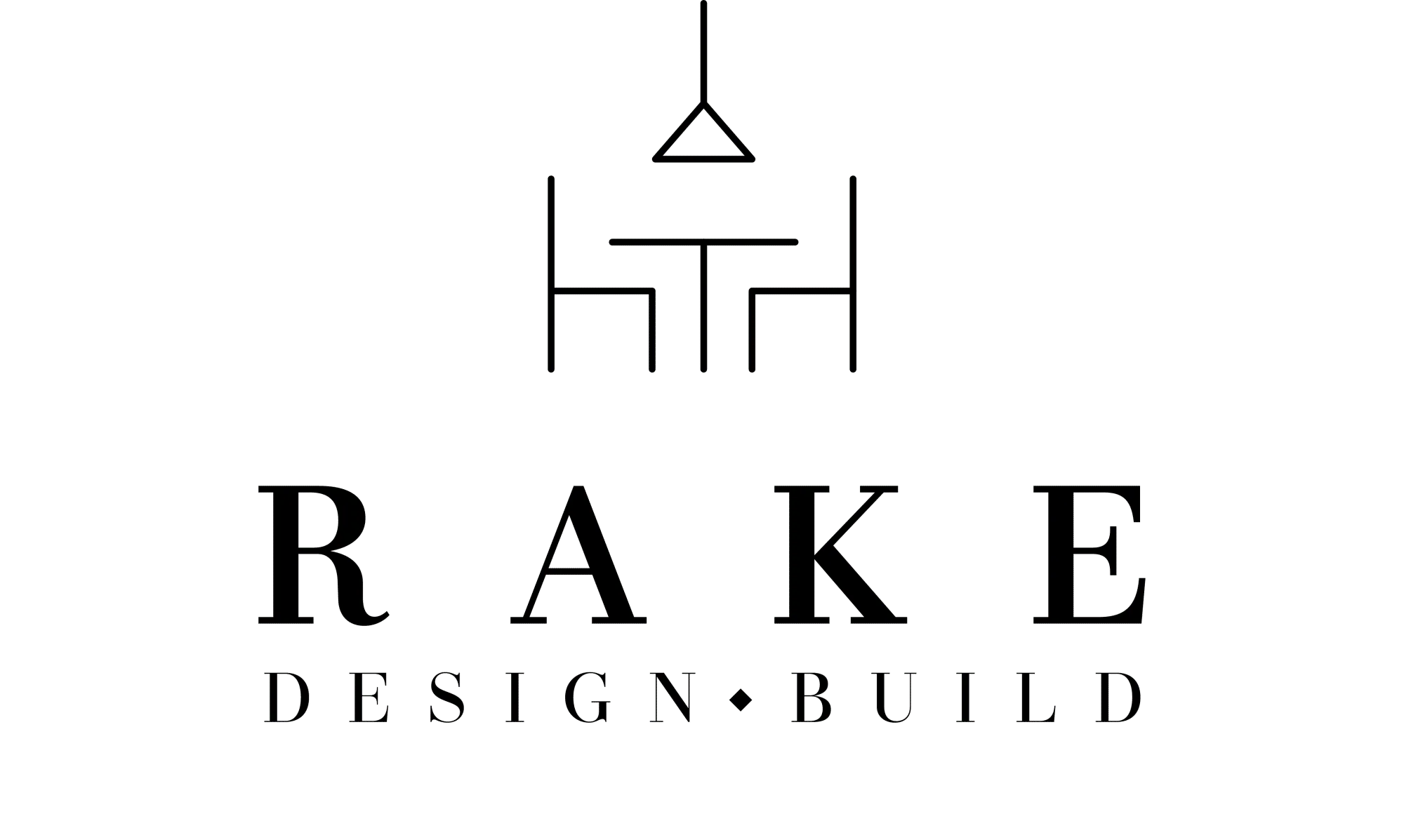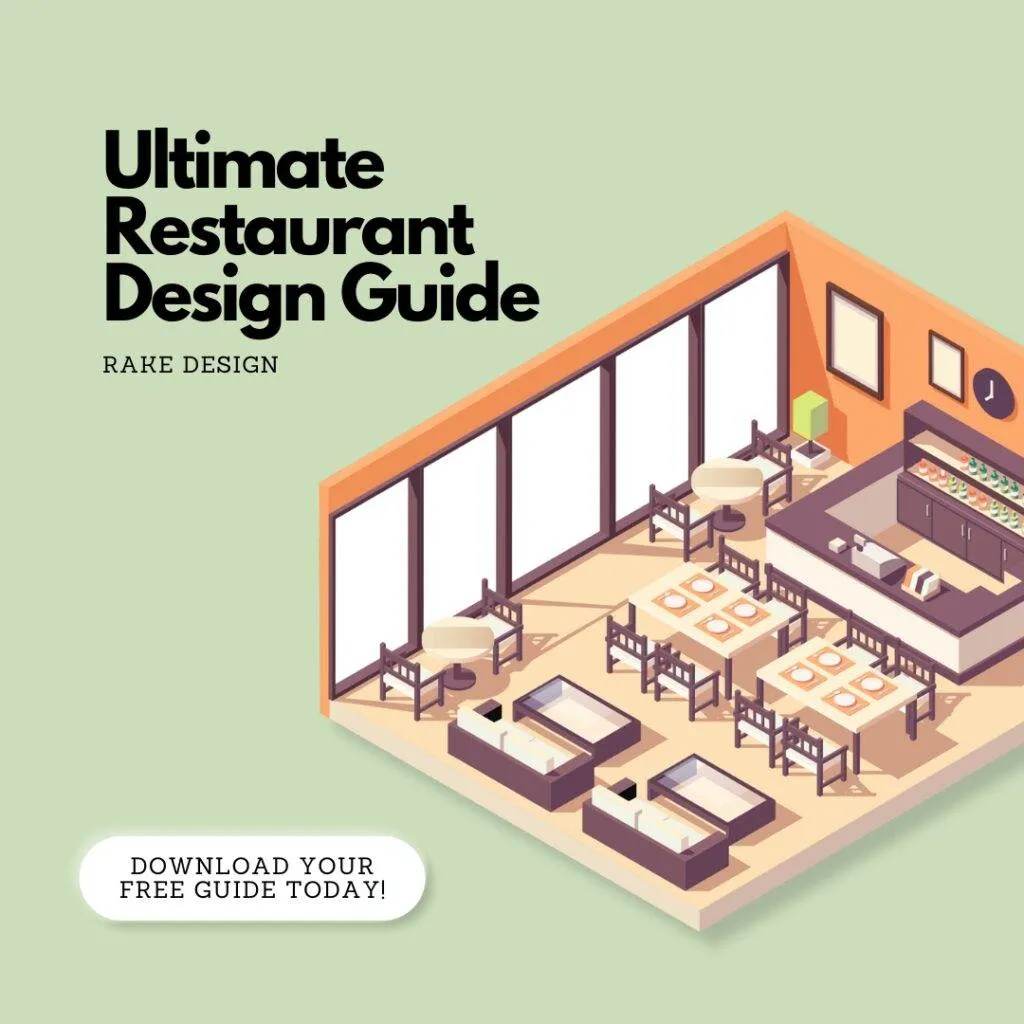A high-performance kitchen design is essential to the success of any restaurant, as it ensures seamless operations, enhances staff efficiency, and maintains high standards of food quality. The layout of the kitchen is the foundation of its functionality. A well-designed kitchen is structured to promote a natural flow, reducing unnecessary movement and optimizing how chefs and staff navigate the space. By strategically placing workstations for prep, cooking, and plating in close proximity, the kitchen can run more smoothly, especially during peak hours.
Incorporating ergonomics into the design also plays a vital role. Kitchens that prioritize staff comfort by ensuring tools and ingredients are easily accessible help minimize fatigue and injury, boosting productivity. Thoughtful placement of equipment, shelves, and storage units reduces strain and allows staff to focus on their tasks without needing to move excessively.
Quality equipment is another critical aspect of a high-performance kitchen. Investing in durable, efficient appliances not only speeds up preparation and cooking times but also reduces energy consumption. Today’s smart kitchen technologies, from programmable cooking devices to inventory management systems, further enhance efficiency by automating routine tasks and maintaining consistency in food preparation. This reliability is key to delivering high-quality dishes, even during busy periods.
Storage is often a challenge in any kitchen, but in high-performance spaces, it’s all about organization. A well-organized kitchen allows staff to quickly find ingredients and tools, keeping the workflow smooth. Maximizing storage through vertical solutions, under-counter drawers, and accessible shelving keeps the space clutter-free and ensures everything has a designated spot, which is crucial in maintaining speed and efficiency.
Ventilation and safety are also cornerstones of an effective kitchen design. Proper ventilation keeps the air clean and the environment comfortable, while safety features like non-slip floors, adequate lighting, and fire suppression systems ensure the kitchen is a secure place to work. A safe, comfortable environment enables staff to maintain their focus and energy, especially during long shifts.
Communication in the kitchen is just as important as its physical layout. Open kitchens or designs that allow clear sightlines help facilitate communication between team members, allowing for quick coordination and reducing the risk of errors or delays. Whether through visible order screens or simple open layouts, ensuring that communication is efficient makes a significant impact on the overall performance of the kitchen.
Lastly, flexibility in design allows the kitchen to evolve as the restaurant grows or the menu changes. Modular equipment and adaptable layouts ensure that the kitchen can handle increased volumes or new culinary trends without requiring a complete overhaul. This adaptability is key to sustaining long-term success.







